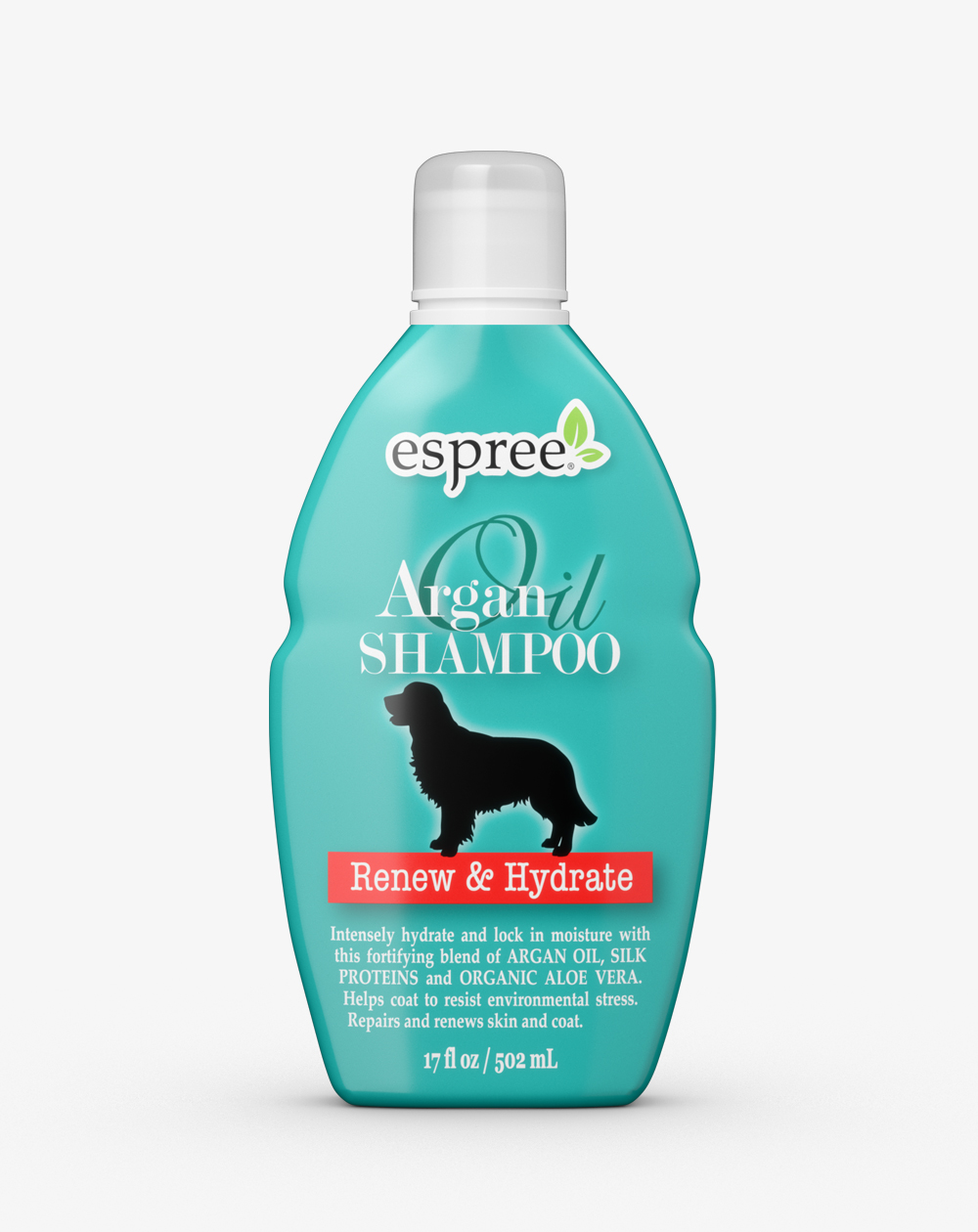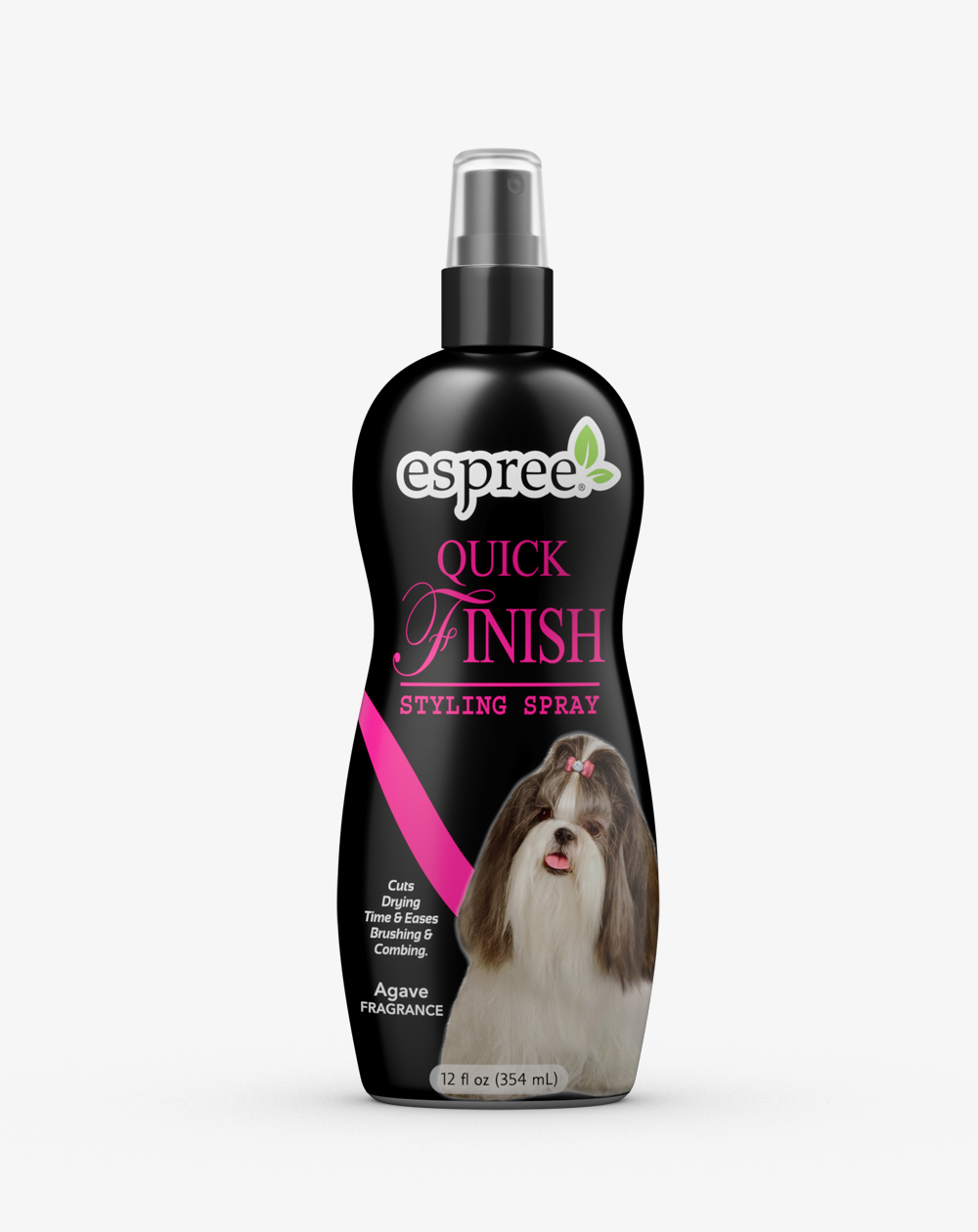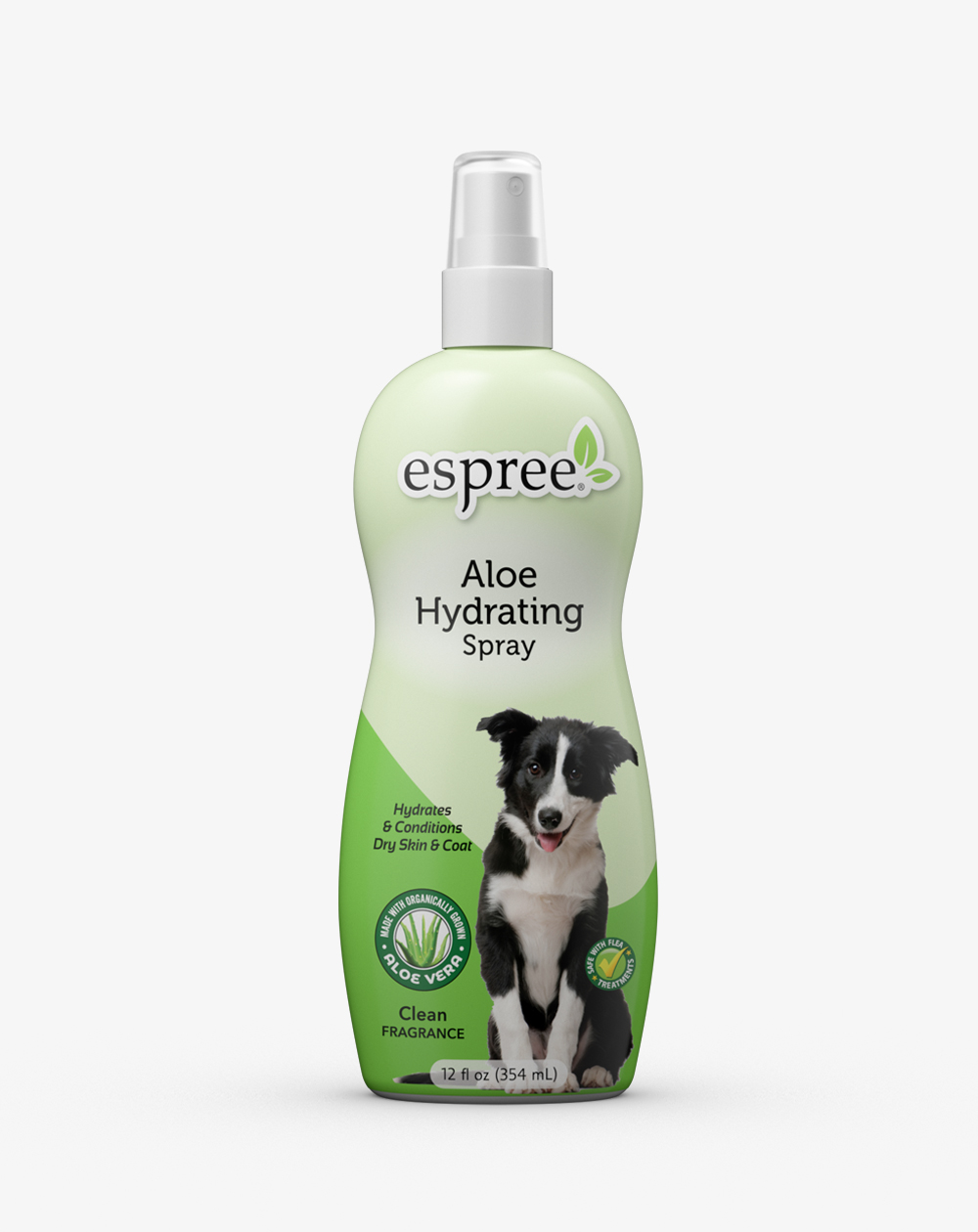
Finnish Spitz
This flame-colored hunter from the land of 60,000 lakes packs plenty of dog into a small, well-balanced frame. A large male might stand 20 inches at the shoulder; a petite female a little over 15 inches. Finkies are easily recognized by their dense coat of glorious golden-red, a foxy face projecting a lively expression, and a curving plumed tail. In silhouette, Finkies present a squarely symmetrical picture, and they move with a bold and brisk gait that suggests their innate fearlessness.
Breed Profile
The Finnish Spitz is active, friendly, and eager. They are faithful and brave, but slightly cautious. Shyness and any tendency toward unprovoked aggression is to be penalized in the show ring.
Grooming
The Finnish Spitz is a dog that does require frequent bathing and grooming. This compact, active double coated dog has a short dense undercoat with harsh, straight guard hairs measuring one to two inches in length. This coat needs to be bathed as frequently as weekly up to no longer than every 3 weeks in order to prevent the dog from becoming matted and tangled. The care and maintenance of the coat sets the foundation for obtaining healthy skin and coat. When the coat is dirty, the hair shaft becomes rough and eventually breaks down, which can lead to the coat becoming damaged. It also can contribute to the beginning formation of the cobweb matting that forms close to the skin. This type of matting if left unattended can lead to the development of numerous skin issues. Therefore, keeping the coat clean and healthy is of utmost importance in order to maintain the double coat.
Bathing a Finnish Spitz is an acquired skill that takes patience and perseverance. After the coat is wet, apply the shampoo by squeezing it through the coat making certain you have worked it all the way through the coat down to the skin. Thorough shampooing will contribute to building a healthy, strong, and manageable coat. It is a good idea to slightly cool the water temperature down when rinsing the coat. The coat should be rinsed thoroughly making certain that all the product has been removed. Use a light conditioner to nourish and hydrate each individual strand of hair. A heavy conditioner is not necessary unless the coat is severely damaged. Be careful not to over use the conditioner so you do not change the natural coat texture. Once the bath is complete, blot the coat with a towel to remove excessive moisture. Try to avoid using a circular motion to avoid any further tangling.
Blow the coat out with a HV dryer, then finish with a stand dryer and brush out. Once the dog is completely dry, line brush, working in sections, until the dog is tangle free. It is a good idea to go over the entire coat with your hands, to see if there are inconsistencies in the density of the coat. If so, continue to brush and comb those areas. As a final check, use a firm slicker brush throughout the coat, and little to no hair should be apparent on the brush. Areas to pay particular attention to for tangles and excessive hair are the thighs, behind the ears, the tail, the shoulder, and around the ruff. It’s always a good idea to spend a little extra time in these areas before you finish the dog.
Finishing the Dog: Tools and Finish Grooming
The coat should be light and stand off the dog. A wide-toothed comb should easily glide through the coat with no resistance all the way down to the skin. Pay particular attention to the shoulder, ruff area, and hind quarter area as they can get packed with excessive coat. A healthy coat is light, airy, and has a natural shine. No trimming of the coat should be done with the exception of the feet.
General Health Care
Prep work is the foundation of all grooming. Prep work includes ear cleaning, nail trimming, trimming the pads, anal glands, and proper dental hygiene. Mastering these skills sets the professional pet stylist apart from the rest. Prep work should be done before every bathing and grooming appointment. All dogs need to have their ears checked and cleaned on a regular basis. Some need to have the hair plucked from the ear canal. This allows the ear to have proper air circulation. It is not necessary to remove all of the hair in the ear, as some serves as a barrier to foreign debris. It is imperative that you are properly trained to pull ear hair before attempting this endeavor. Proper nail care is also very important. Long, unsightly nails are uncomfortable for the dog, as well as anyone they might jump on. Long nails also compromise the shape of the foot. Trimming the pads of the foot helps give the dog good traction on different surfaces and can minimize the amount of dirt the dog tracks into the house. It also affords the opportunity to treat and condition the paws from cracks and abrasions. Anal glands should also be checked and expressed if they are full. Good dental hygiene is essential for a healthy pet too.
Nutritional Care
In order to maintain healthy skin and coat as well as overall health, it is important to provide good nutrition to your dog through a well–balanced diet, vitamins, and healthy treats.
Do they require a lot of grooming?
Frequent baths and brush outs are necessary to keep the skin and coat in optimal condition. Keeping the skin and coat clean is the key to keeping your Finnish Spitz in top condition.
What is a common problem in Finnish Spitz?
As with all breeds of dogs, the Finnish Spitz does have some breed-specific health concerns. Epilepsy is a real concern for this breed. Diabetes is also an issue seen more in this bred than others.
Do Finnish Spitz shed or cause allergies?
With weekly brushing, Finnish Spitz stay exceptionally clean. They do shed heavily twice a year. During this time, they will need additional maintenance during that time to keep the shedding at bay.
Are Finnish Spitz good with children?
This breed is a perfect companion for an active family. They are happy and fairly easy going, which makes them a good match for families that have children. Like any breed, never leave a small child unattended with a dog.
What if I have a show dog?
Whether you have a show dog or a companion dog, the same basic care is given regarding nutrition, socialization, and hygiene. The difference is the maintenance, conditioning, and training for the show ring. It is always helpful if your breeder is willing to mentor you to lead you in the right direction upon entering the wonderful world of showing dogs. A great place to start is with the national breed club like the Finnish Spitz Club of America, www.FinnishSpitzClub.org




